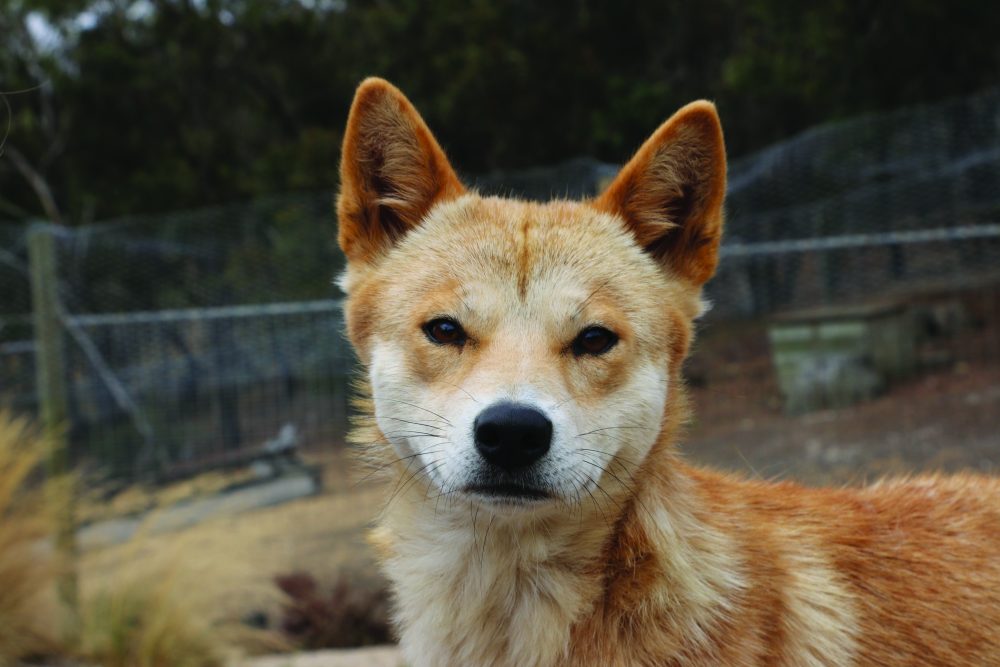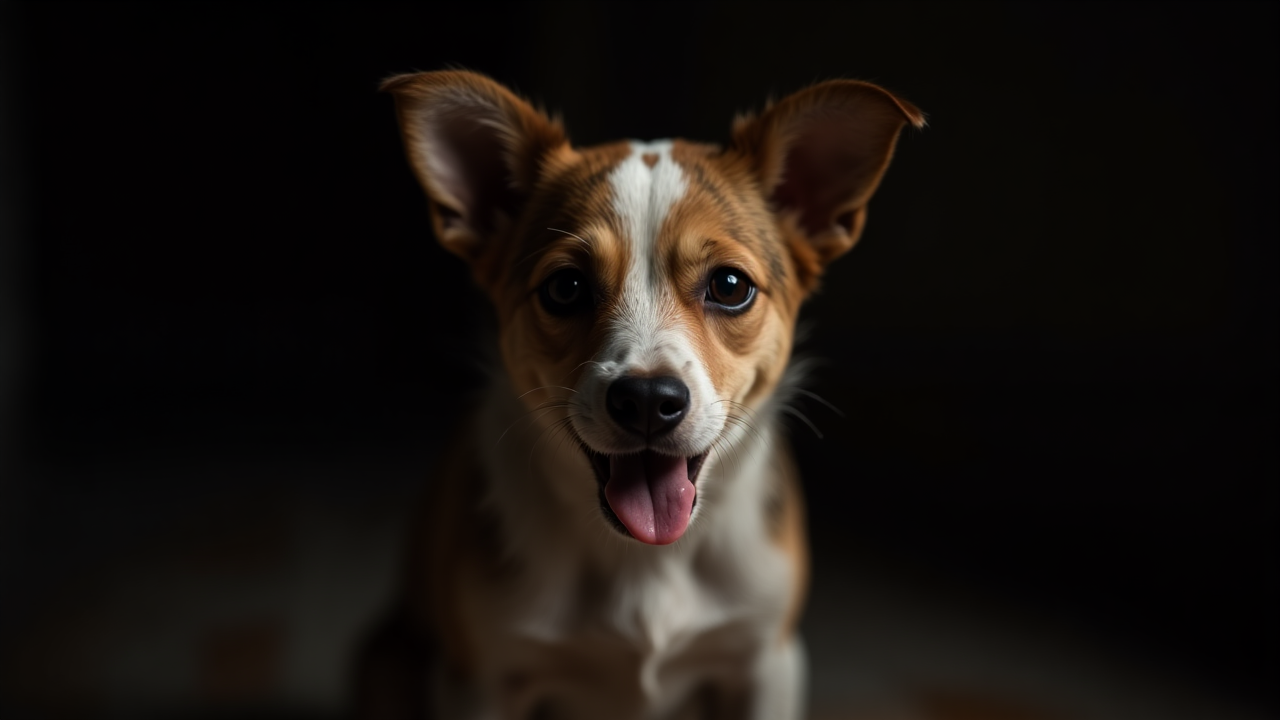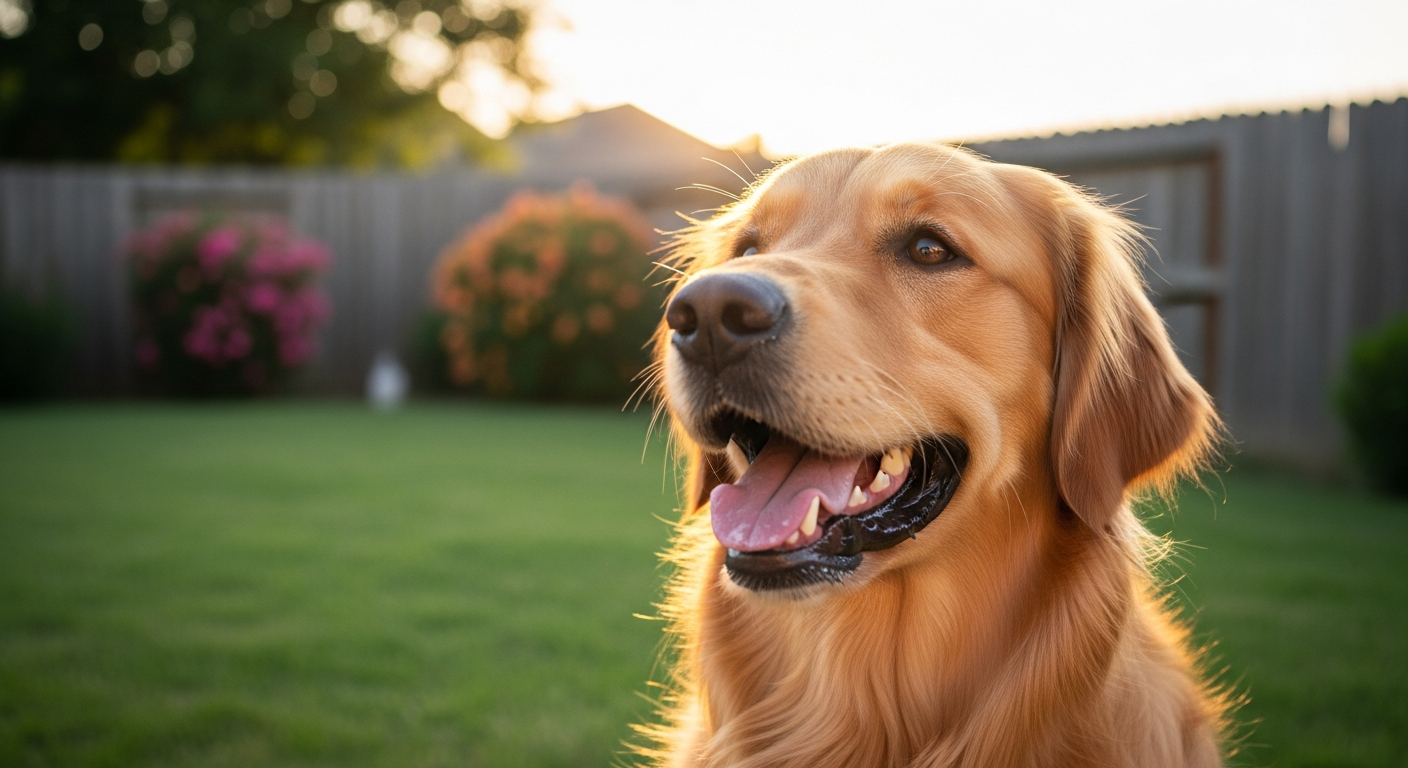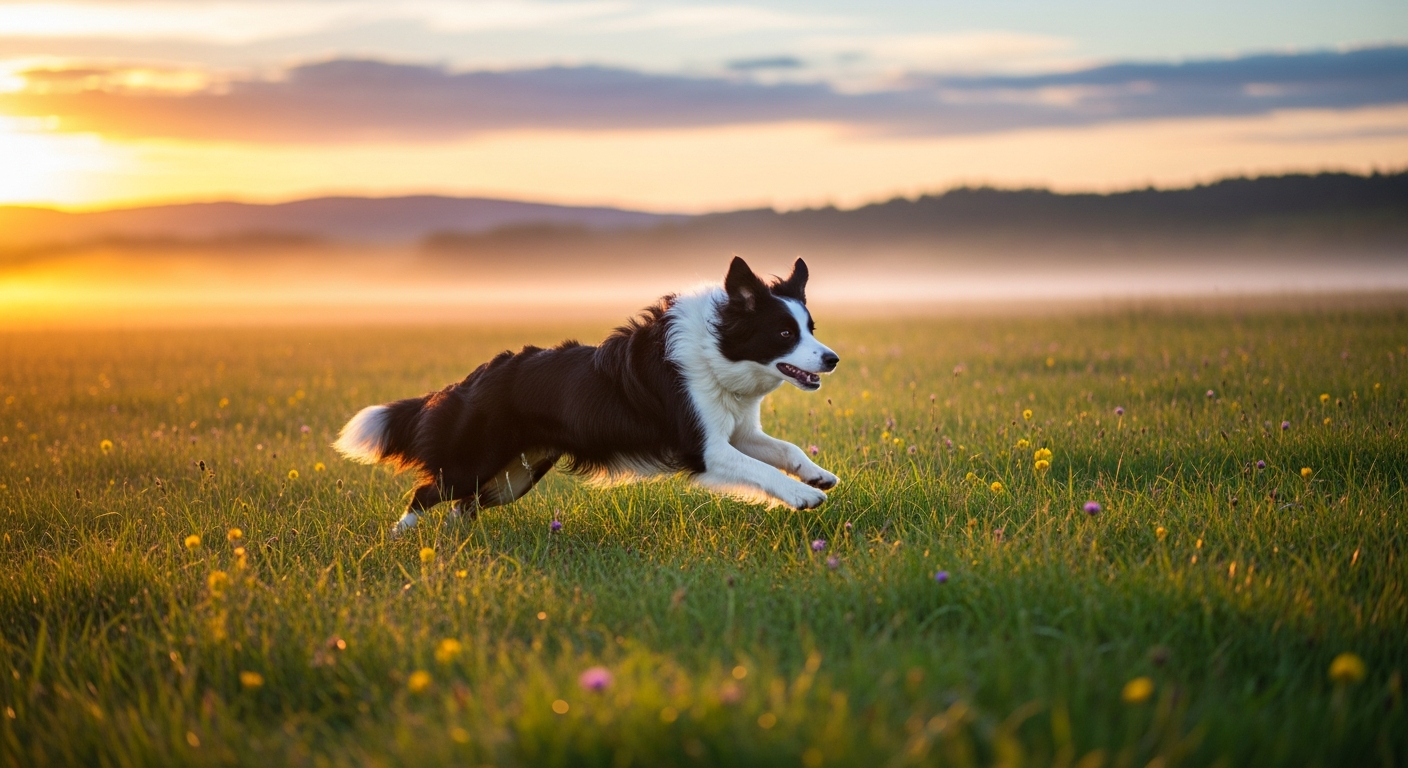Does your dog stare into your eyes? A new study on dingoes reveals that prolonged eye contact from our canine companions is a result of evolution across domestication. Results with the dingoes suggest that dogs began making brief eye contact with humans when they were first domesticated. As the human-canine bond deepened, so did the gazes.
The study – led by Angie Johnston, a doctoral student in Psychology at Yale University – observed Australian dingoes interacting with their human handlers. They then compared their results to an earlier study on eye contact between wolves and humans versus dogs and humans. Domestic dogs held lingering stares for an average of 40 seconds, dingoes took shorter three-second glances, while wolves barely sustained eye contact for a second.
Urine samples from the earlier study suggest that eye contact contributes to the strong human-canine bond we see today. Oxytocin – a hormone that plays a huge role in bonding – was measured before and after a dog’s interaction with humans. Results revealed that sustained eye contact elicits a rise in oxytocin, which ultimately leads to a deeper bond.
Photo courtesy of Laurie Santos.







